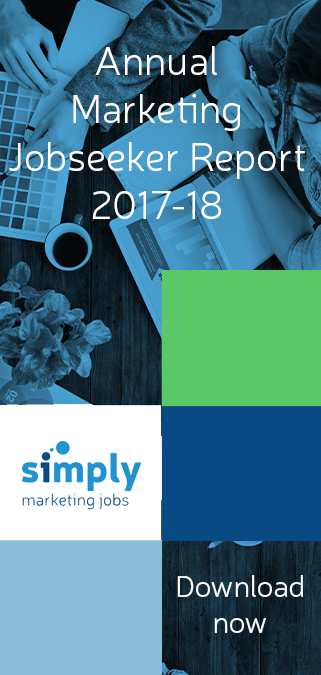In a world where recruiting methods like social recruiting are becoming more and more widely used, it’s important to pay attention to your personal brand online. In particular, your LinkedIn profile has the potential to be a powerful jobseeking tool as recruiters are discovering many candidates through the platform.
Recruiters are starting to find that LinkedIn profiles can generally give a better overview of a candidate’s skills and personal interests than a traditional CV and cover letter. So, whether you’re a complete LinkedIn beginner or already set up and active on the platform, here are five tips that will help you make the most of your profile.
1. Get your profile up to scratch
This is key in creating a positive first impression and standing out from the crowd.
First up, make sure you include all the basics. Make sure that employers can find out quickly what your past experience, your education and your qualifications includes. Keep it tidy and include brief descriptions and upload any examples of your best work that you feel would be beneficial for an employer to see.
Add a photo of yourself – looking professional of course – this is the first impression of you the recruiter is going to get so make sure you choose an appropriate image. LinkedIn says that you are seven times more likely to be found in searches if you add a profile picture, so this really is a must.
You can also change the background photo on your profile. This is another opportunity to make your profile stand out visually. You can use this space to show off some the work you’re most proud of or maybe a photo of you speaking at an event.
Take some time to work on your profile headline. This will automatically be set to your current job, however, you can customise it and help your profile stand out a bit more. If you are the brand, then the headline is your tagline, so it is definitely worth thinking carefully about what you want it to say about you.
You can also personalise your LinkedIn URL. This will help your LinkedIn page appear high up on search engine results pages if someone is looking for you on Google.
Finally, use the summary section to tell your story. The key is to keep this concise and make it keyword rich. Don’t fill it with overused words like ‘passionate’ or ‘motivated’ and instead go for terms that relate more directly to the roles you’re looking for. This will make it easier for the right employers to find you.
2. Get recommendations from your colleagues
This is a great way of backing up what you’ve said in your summary and experiences sections. Getting a strong recommendation from one of your current or past colleagues is a vote of confidence in you that a potential employer will take notice of. Ask those you’ve worked with closely and those who have managed you to give you recommendations. They will be able to write genuine and detailed recommendations for you.
3. Get involved
Start networking. Join groups relevant to your role or your dream role and get involved in discussions. This will help you find others within your own field and help to build up your network. You will then be more visible to employers looking to recruit in your area of expertise.
You can also use the LinkedIn Publisher to start getting your own views out there or starting discussions yourself. This is a great way to promote your personal brand.
4. Build your network
As well as getting involved in discussions and joining groups, start connecting with the people you find there. As you build up your network with other people in your field you are more likely to find yourself more closely connected to the right recruiters.
Don’t be shy about introducing yourself to other professionals in your industry or about asking your connections to make introductions. If you want to make it more likely for someone you don’t know to accept your request to connect, you can add a message to introduce yourself and explain why you’d like to connect.
5. Keep your profile up to date
Finally, make sure that you put aside a little bit of time to regularly log on and keep your profile up to date. It is important to build up your network before you need it so that if you find yourself unexpectedly out of a job, you already have the tools to find your next role.
Download our LinkedIn Guide
How to return to work after maternity leave
Heading back to work from maternity leave? Rejoining the workplace after a long break can leave you riddled with anxiety!Going back to work after maternity leave is the start of an exciting new chapter for you and your family. It’s an opportunity to...
Why didn’t I get the job?
If your confidence has been knocked after receiving a rejection letter, asking for feedback can help you gain more clarity on the situation. We’re going to walk you through how to ask an employer for feedback, so you can improve and impress at your next...
Dealing with conflict in the workplace
Conflict is a given in the workplace. With so many different personalities under one roof, you’re bound to clash with someone in the office. The way you deal with though, can affect the environment you and others work in. Conflict can come in many forms....





